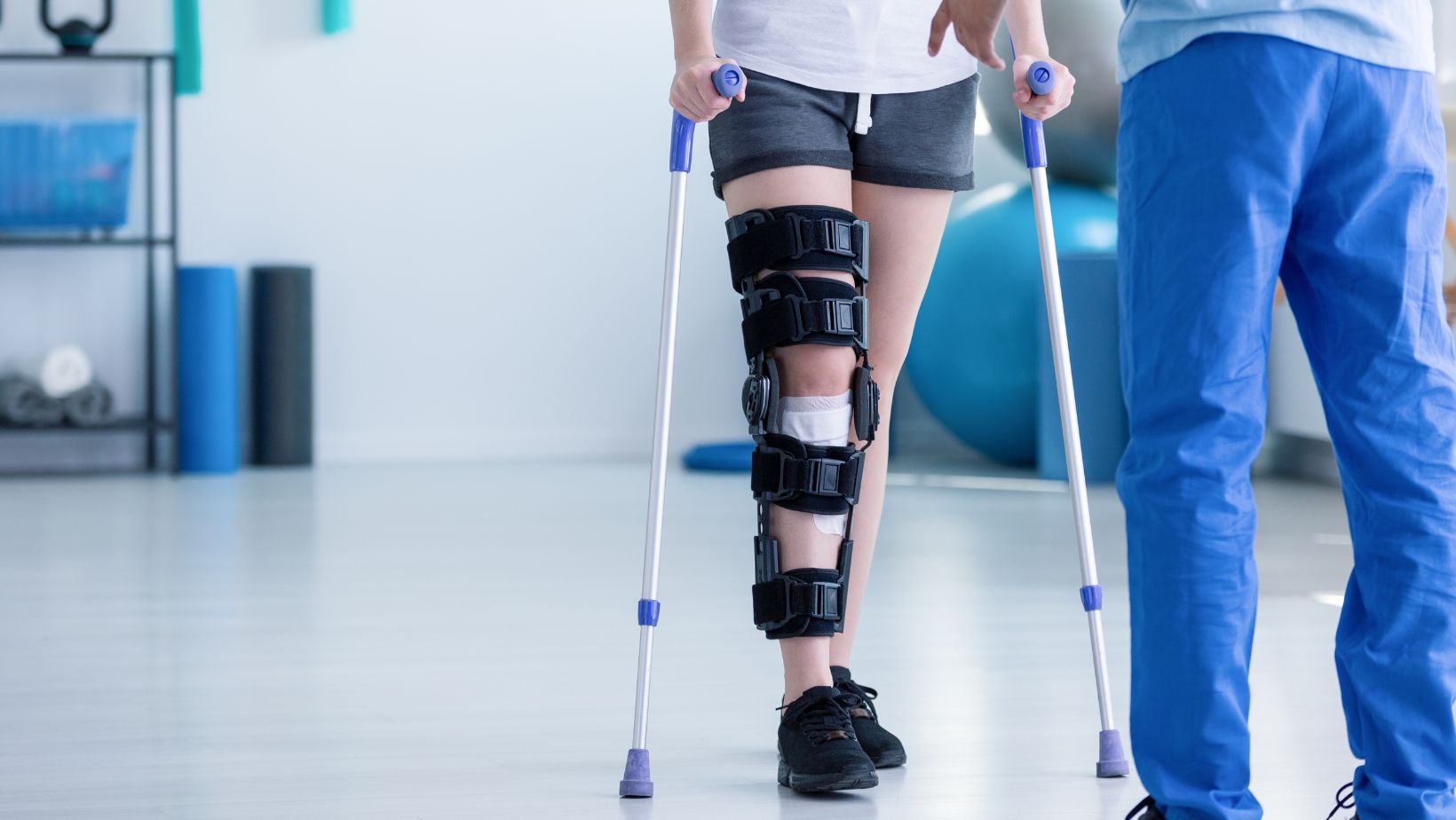When we think of orthopedic care, our minds often jump straight to bones, joints, and maybe a cast or two. But behind every successful orthopedic recovery lies more than a single diagnosis or surgery; it’s a harmonious blend of expertise, technology, and compassionate collaboration. Much like a symphony, where each instrument plays its role under the conductor’s guidance, modern orthopedic care thrives on the coordination of multiple disciplines working together toward a common goal: the patient’s healing.
Traditionally, orthopedic treatment was viewed through a narrow lens; surgeons addressed fractures or joint problems, and patients recovered on their own or with minimal follow-up. However, as medical science evolved and patient needs became more complex, this model began to shift.
Today’s orthopedic patients might present with multiple conditions chronic pain, limited mobility, or even psychological stress due to injury. Addressing these challenges requires more than surgical precision; it calls for a collaborative effort that taps into various specialties. This shift has transformed orthopedic care into a truly multidisciplinary field, one where success depends on how well the different “instruments” of care play together.
The Key Players in the Orthopedic Ensemble
The magic of multidisciplinary orthopedic care lies in the synergy between professionals from different specialties, each contributing their unique expertise. Here’s how the key players in this healing orchestra work together:
A. Orthopedic Surgeons: The Conductors
Orthopedic surgeons are the central figures in diagnosing structural issues, recommending treatment options, and performing surgeries when necessary. But beyond the operating room, they also oversee and coordinate care plans, ensuring that other specialists are looped in for optimal outcomes. Their leadership sets the tone for a patient’s recovery journey. If you or a loved one is navigating orthopedic challenges and seeking this kind of integrated care, don’t hesitate to contact the doctors at Modern Ortho today.
B. Physical Therapists: The Movement Maestros
Post-operative recovery depends heavily on regaining strength, flexibility, and function. Physical therapists step in to guide patients through tailored exercise routines, gradually helping them return to normal movement.

They assess progress, adjust techniques, and ensure the patient’s body adapts safely to post-surgical changes.
C. Pain Management Specialists: The Rhythm Regulators
Pain can disrupt healing, both physically and emotionally. Pain specialists employ a range of techniques from medication to nerve blocks and alternative therapies like acupuncture to manage discomfort. Their role is to strike the right balance between pain relief and enabling active participation in rehabilitation.
D. Radiologists and Imaging Experts: The Visual Interpreters
From the first diagnosis to monitoring recovery, imaging experts provide the clarity needed to make informed decisions. MRIs, CT scans, and X-rays guide treatment plans and verify progress, ensuring that everyone on the care team has an accurate view of the patient’s condition.
E. Occupational Therapists and Orthotists: The Adaptation Artists
While physical therapists focus on movement, occupational therapists help patients regain the ability to perform everyday tasks, like dressing, writing, or returning to work. Orthotists design supportive devices such as braces or shoe inserts that aid recovery and prevent further injury.
F. Nurses and Case Managers: The Supportive Backbone
Behind every well-coordinated recovery is a nurse or case manager ensuring nothing falls through the cracks. From wound care and medication management to educating patients and scheduling appointments, they are the glue that holds the care team together.
Technology as the Silent Instrument
Modern technology plays a quiet but essential role in this symphony of care. Robotic-assisted surgeries, for example, allow for greater precision and faster healing. Advanced imaging techniques offer real-time views of patient progress. Digital platforms now enable seamless communication between specialists, ensuring everyone is on the same page. Even wearable devices help monitor mobility and adherence to rehab routines. These innovations support each “musician” in the care ensemble, helping them play their part more effectively.
Patient Participation: The Soloist in the Symphony
No matter how well-coordinated the team is, the patient remains the lead soloist in this journey. A motivated, well-informed patient who actively participates in therapy, adheres to instructions, and communicates openly can accelerate healing.

Today’s orthopedic care puts a strong emphasis on patient education and shared decision-making. When patients understand their role and feel empowered, the entire care team performs better.
Real-Life Harmony: A Mini Case Study
Consider the story of Sarah, a 45-year-old avid hiker who tore her ACL in a trail accident. Her recovery wasn’t just about surgery. It started with a quick diagnosis from her orthopedic surgeon, followed by pain management to keep her comfortable before and after the operation. Physical therapists crafted a six-month plan to rebuild her strength. An occupational therapist helped her transition back to daily life without straining her knee. Meanwhile, her nurse and case manager handled appointments, answered late-night questions, and offered emotional support. Six months later, Sarah was back on the trail, stronger, wiser, and deeply grateful for the “orchestra” that got her there.
Conclusion: A New Definition of Orthopedic Excellence
Orthopedic care today is not just about fixing bones; it’s about restoring lives. It’s about seeing each patient as a whole person and bringing together diverse medical minds to support them physically, emotionally, and functionally. When these disciplines move in harmony, healing becomes not only faster but also more meaningful.
So, whether you’re dealing with a sports injury, chronic joint pain, or preparing for orthopedic surgery, look for a care team that treats your recovery like a well-orchestrated performance. Because in the end, true orthopedic excellence is a symphony, and every great performance needs all the right players.



